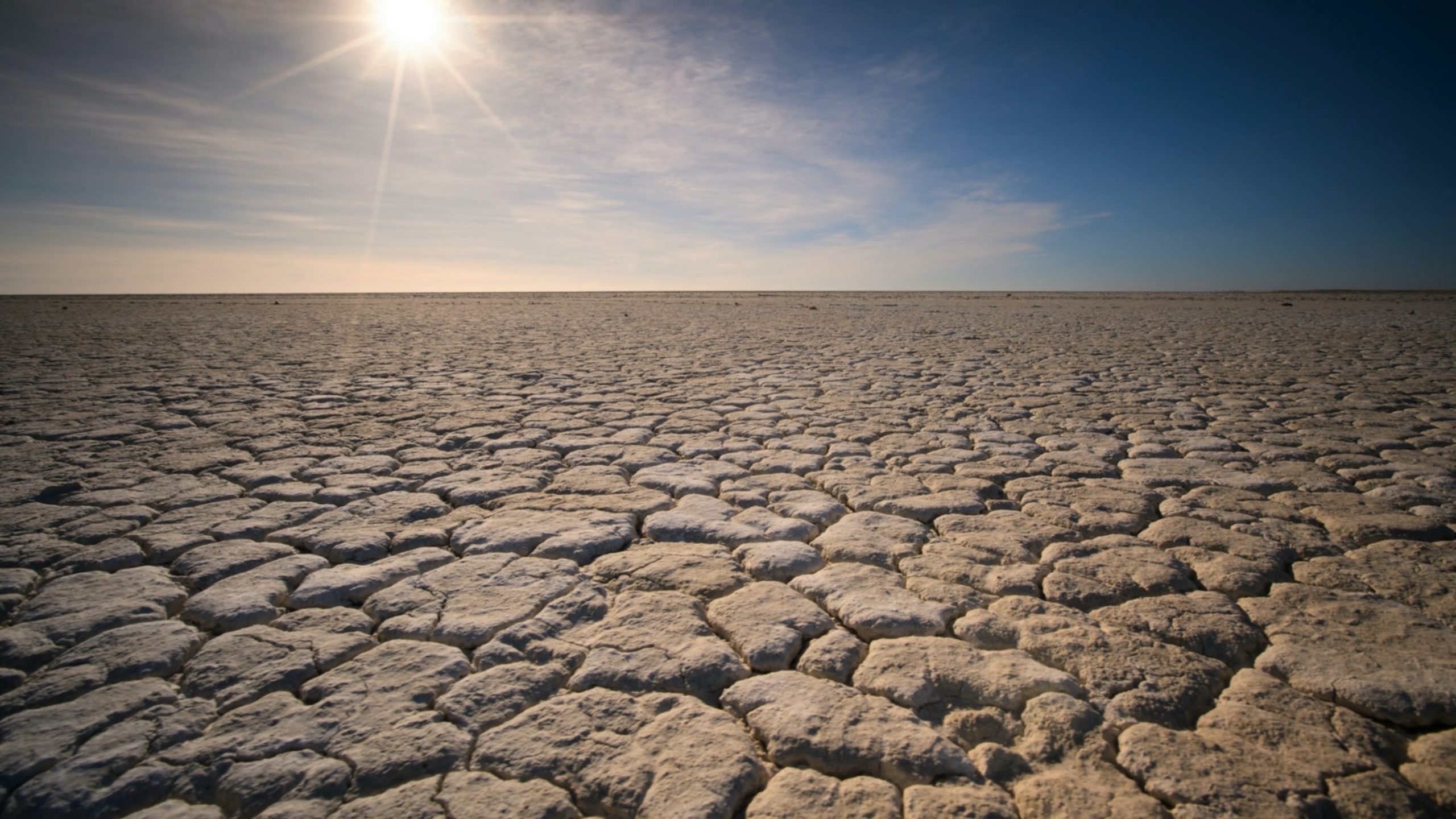From wildfires in California and hurricanes in Florida, to flooding in the United Kingdom and heatwaves in Southern Europe, insurance companies in western nations are struggling to keep up with the pace of climate change and the rising frequency of extreme weather events.
“Insurers employ empirical data and advanced risk modeling instruments to assess risks and set premium rates,” says Jaroslav Mysiak, director of the Risk assessment and adaptation strategies research division at the CMCC. “However, climate change is making gudiance based on past records less reliable. If insurers continue to rely past events for direction, their risk assessments may turn out flawed .”
The failure of insurance companies to factor extreme climate events into their risk assessments famously came to the foreground in the early 90s, when hurricane Andrew struck the east coast of the United States with almost unprecedented force, causing an estimated USD 15.5 billion (1992 dollars) in total insured losses and dragging at least 16 insurance companies into insolvency.
“In the aftermath of hurricane Andrew, insurance companies made significant efforts to enhance sectoral risk assessments,” says Mysiak. However, the growing impacts of climate change, including increased frequency of extreme events, are providing ever greater challenges to the industry, leading many to revise their policies and investments, and in some cases even withdraw from at-risk areas.
Eric Andersen, president of Aon PLC insurance company, told the Scientific American that climate change is creating uncertainty in an industry built on risk prediction and has created “a crisis of confidence around the ability to predict loss,” which some fear may have far ranging consequences on both local and even global economies.
Should I stay or should I go?
A recent report from the First Street Foundation, a non-profit research group, reveals how the insurance landscape in the United States has altered significantly in the last decade. For example, over the last five years average costs of wildfire events have skyrocketed from approximately 1 billion USD per year in 2016 to over 17 billion USD in 2021.
The consequence is that many private insurers are either raising premiums significantly or ceasing to operate in these at risk areas.
According to Nancy Watkins, principal and consulting actuary at insurance company Milliman, one of the worries is that when insurance companies stop selling policies in an area, it “can cause ripple effects that endanger entire communities and create a downward spiral that’s difficult to emerge from.”
The First Street Foundation report also reveals that if climate risk is properly accounted for approximately one in four United States properties – around 39 million properties – are currently overvalued, raising fears of a “climate-insurance bubble”.
So, is the solution for governments to simply subsidize insurance premiums in at risk areas? According to The Economist the subsidy approach is leading to cascading issues in the US property market. The article argues that the actions of state-backed insurers – that are increasingly stepping in to replace the private insurers who are abandoning risky markets – is inflating property values and creating incentives for property development in at risk areas.
“The over reliance of property owners on state run insurers of last resort is a big flashing sign that standard practices in the insurance market cannot keep up with our current climate reality,” says Matthew Eby, Founder and Chief Executive Officer of First Street Foundation. “We are rapidly moving to a place where the cost of insurance will make the most at-risk homes effectively uninsurable.”
According to Mysiak, the solution should not simply be to just pull out of at high-risk areas. “We have witnessed past financial crises triggered by factors such as subprime mortgage loans. Now, there is evidence that climate risk, if factored into property prices, has the potential to trigger similar effects,” he says.
If left unchecked the unfolding climate-insurance bubble could have similar consequences to the 2007-2008 financial crisis, where a housing bubble led to one of the worst worldwide economic crises since the Great Depression of 1929.
Finding solutions
In the aftermath of the 2007-2008 financial crisis, governments stepped in to increase regulation in the financial sector which, among other things, led to insurance companies improving their risk assessment capabilities.
Increasingly insurers are required to consider and raise the profile of climate-related risks in their operations. In some cases, insurers may face new reporting requirements, stress testing, and capital adequacy requirements related to climate risks for example.
In Europe, the European Commission took measures to alter the way in which financial institutions were supervised.hen it comes to insurance companies, they established the European Insurance and Occupational Pensions Authority (EIOPA), an independent advisory body to the European Commission, the European Parliament and the Council of the European Union, which works to protect the rights of policyholders and regulate the sector.
“The CMCC collaborates with EIOPA to communicate insights from climate data and the importance of climate knowledge,” says Mysiak. “This is part of a broader effort with EU institutions to improve climate risk assessment and bridge knowledge gaps.”
In fact, the insurance industry can play a key role in addressing climate change by helping society and the economy become more climate resilient. According to EIOPA, “insurers can develop innovative insurance products that incentivize climate-related risk prevention, for instance through offering lower premiums to policyholders and implementing climate-related adaptation measures.”
“Insurers are running a business. They pool risk and offer a financial service. Contributing to reducing disaster risks was not part of their original business strategy,” says Mysiak.
However, with rising premiums and pressure for the industry to improve their corporate social responsibility “insurers are now looking into, not only making sure their core business is economically viable, but also delivering social value,” says Mysiak.
And the motivation is not solely altruistic. “If you help your clients reduce climate risks, then you are also contributing to the viability of your economic model. To keep premiums affordable insurance companies need to encourage clients to reduce their exposure to risk.”
By providing financial support, promoting risk reduction measures, and collaborating with governments and communities, insurance companies are working to contribute to disaster risk reduction efforts and even provide incentives for risk mitigation.
Insuring against climate change
Insurers are not just sitting back and watching the changing market unfold. Increasingly they are collaborating with governments, researchers, environmental organizations, and other stakeholders to address the long-term challenges posed by climate change.
In this context new and innovative tools are being explored to widen the scope of positive impacts that insurance companies can deliver. The Naturance project, for which Mysiak is project coordinator, is working to assess the technical, financial and operational feasibility and performance of solutions built on a combination of disaster risk financing and nature-based solutions investments.
“Naturance works with insurers to explore how investment in nature based solutions can help reduce risk by restoring ecosystems and their services. There is a growing number of examples where the provision of ecosystem services can be insured” explains Mysiak, who sees a growing appetite for these kinds of schemes.
Examples of nature insurance are beginning to crop up around the world. In 2022 The Nature Conservancy (TNC) announced its purchase of the first-ever coral reef insurance policy in the United States. A policy that is designed to fund coral reef repair in Hawai‘i in the aftermath of hurricane or tropical storm damage.
“Coral reef insurance was one of the first examples of this approach but now you can see similar schemes being used to protect forests from wildfire for example,” says Mysiak.






